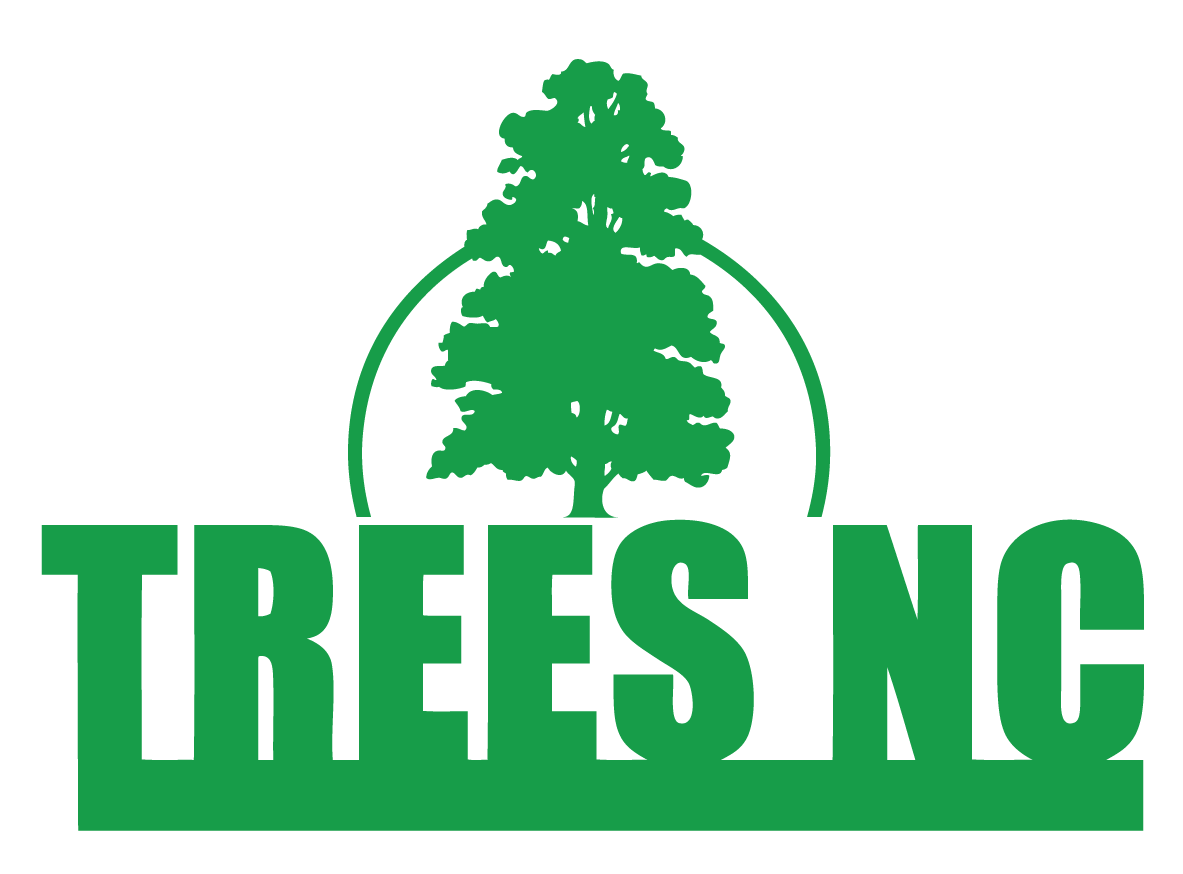Basic Techniques for Pruning Landscape Trees
/
Mary Helen Ferguson
As you may know, I’ve had a radio spot on WKXR (1260 AM) around noon on Fridays, shortly after the obituaries. (Adam, our Cooperative Extension Livestock Agent and I may be alternating the Friday spot this year.) Larry Reid, the DJ, likes to bait me from time to time by asking about my opinion on tree topping. He knows that I’ll have something to say.
Tree topping basically involves making cuts in the middle of branches, rather than removing them completely or cutting back to an emerging branch of sufficient size (I’ll get to what sufficient size is). Topping is of concern on large ornamental trees, since it can lead to limbs that are more likely to fall, decay, and insect infestation. It’s also very common in this area.
When large branches are cut as part of topping, and there are no emerging branches remaining near the ends of the cut branches, many new shoots will grow from just below the cuts. The new limbs will be weakly attached to the branches from which they’re growing and will be more likely to break. So, when people top their trees in fear of damage from ice storms, they are likely to end up with branches that are more prone to breaking than the ones that were there before. How’s that for irony? Of course, if a tree is continually topped, the branches might never get big enough to do much damage if they do fall, but I expect that regular topping would get kind of pricey.
Another problem with topping of large limbs is that it results in large wounds where organisms that cause decay and boring insects (as in, those that bore into wood—not uninteresting ones) can enter. Trees that are properly pruned are more likely to grow around the pruning wound over time.
So, how do we recommend pruning a tree? First, know why you’re pruning it.
Thinning cuts serve the purpose of opening up the canopy, removing crossing limbs, and getting rid of dead, damaged, diseased, or weak limbs. They are made close to the trunk or larger branch from which the branch to be removed emerges. When a thinning cut is made, the branch should not be removed flush with the trunk. Rather, the cut should be made outside of the ridge on top of the limb and the bulge (branch collar) underneath the limb. Cutting outside of the branch collar helps the tree to grow over the wound more quickly, so that it will be less likely to have disease problems. (If this seems confusing, let me know, and I can get you a picture.)
To avoid tearing bark from the tree, limbs larger than one inch thick can be cut off in three steps: First, cut halfway through the branch, starting from the bottom side, at a point one to two feet from the trunk or larger branch from which the limb originates. Then, make a cut on the top of the limb, about three inches past the first cut. The limb should break off as this second cut is made. Finally, make a smooth cut just outside the branch collar to remove the stub.
As we’ve covered, there are recommended ways to both reduce the size (height and/or width) of a tree and the density of the canopy, but if a tree is too large for its location (e.g., near a house or under a power line), you may want to consider replacing it with a tree that naturally grows to a smaller size (remember: right plant, right place).
The International Society of Arboriculture strongly discourages topping and has a bulletin titled “Why Topping Hurts Trees,” available at www.treesaregood.com/treecare/topping.aspx. Our publication “Pruning Tree” is available online (http://www.ces.ncsu.edu/depts/hort/hil/hil-8602.html). Lists of trees that fit certain criteria (e.g., small size) are available on the N.C. Cooperative Extension website (www.ces.ncsu.edu). Contact me with questions or comments at maryhelen_ferguson@ncsu.edu or 336-318-6000.
NC Cooperative Extension Agent, Horticulture
TREES NC Board Member
Posted February 16, 2011 in Lawn & Garden
TREES NC Board Member
Posted February 16, 2011 in Lawn & Garden
As you may know, I’ve had a radio spot on WKXR (1260 AM) around noon on Fridays, shortly after the obituaries. (Adam, our Cooperative Extension Livestock Agent and I may be alternating the Friday spot this year.) Larry Reid, the DJ, likes to bait me from time to time by asking about my opinion on tree topping. He knows that I’ll have something to say.
Tree topping basically involves making cuts in the middle of branches, rather than removing them completely or cutting back to an emerging branch of sufficient size (I’ll get to what sufficient size is). Topping is of concern on large ornamental trees, since it can lead to limbs that are more likely to fall, decay, and insect infestation. It’s also very common in this area.
When large branches are cut as part of topping, and there are no emerging branches remaining near the ends of the cut branches, many new shoots will grow from just below the cuts. The new limbs will be weakly attached to the branches from which they’re growing and will be more likely to break. So, when people top their trees in fear of damage from ice storms, they are likely to end up with branches that are more prone to breaking than the ones that were there before. How’s that for irony? Of course, if a tree is continually topped, the branches might never get big enough to do much damage if they do fall, but I expect that regular topping would get kind of pricey.
Another problem with topping of large limbs is that it results in large wounds where organisms that cause decay and boring insects (as in, those that bore into wood—not uninteresting ones) can enter. Trees that are properly pruned are more likely to grow around the pruning wound over time.
So, how do we recommend pruning a tree? First, know why you’re pruning it.
Thinning cuts serve the purpose of opening up the canopy, removing crossing limbs, and getting rid of dead, damaged, diseased, or weak limbs. They are made close to the trunk or larger branch from which the branch to be removed emerges. When a thinning cut is made, the branch should not be removed flush with the trunk. Rather, the cut should be made outside of the ridge on top of the limb and the bulge (branch collar) underneath the limb. Cutting outside of the branch collar helps the tree to grow over the wound more quickly, so that it will be less likely to have disease problems. (If this seems confusing, let me know, and I can get you a picture.)
To avoid tearing bark from the tree, limbs larger than one inch thick can be cut off in three steps: First, cut halfway through the branch, starting from the bottom side, at a point one to two feet from the trunk or larger branch from which the limb originates. Then, make a cut on the top of the limb, about three inches past the first cut. The limb should break off as this second cut is made. Finally, make a smooth cut just outside the branch collar to remove the stub.
As we’ve covered, there are recommended ways to both reduce the size (height and/or width) of a tree and the density of the canopy, but if a tree is too large for its location (e.g., near a house or under a power line), you may want to consider replacing it with a tree that naturally grows to a smaller size (remember: right plant, right place).
The International Society of Arboriculture strongly discourages topping and has a bulletin titled “Why Topping Hurts Trees,” available at www.treesaregood.com/treecare/topping.aspx. Our publication “Pruning Tree” is available online (http://www.ces.ncsu.edu/depts/hort/hil/hil-8602.html). Lists of trees that fit certain criteria (e.g., small size) are available on the N.C. Cooperative Extension website (www.ces.ncsu.edu). Contact me with questions or comments at maryhelen_ferguson@ncsu.edu or 336-318-6000.









